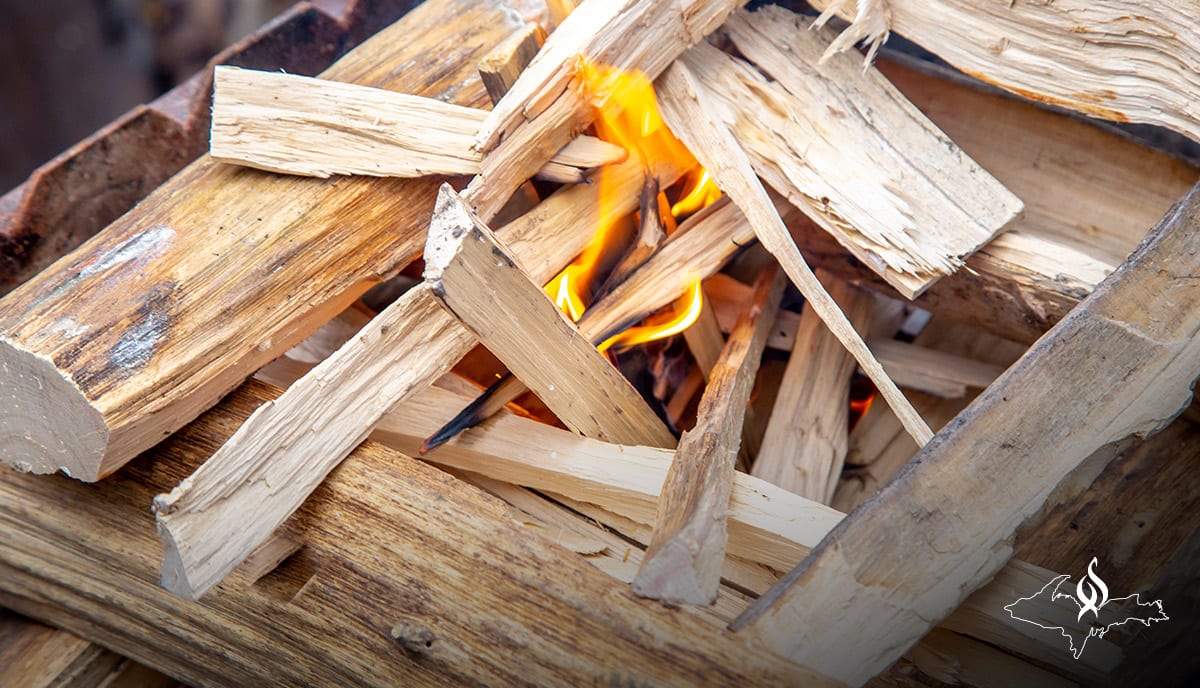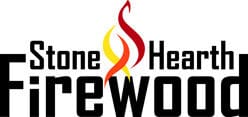Many people (especially those of you who were raised here in the Upper Peninsula of Michigan) know how to build a fire. You know, kindling and smaller logs are on the bottom, and larger logs stacked on top, right? While this method does work, it also happens to produce excess smoke and inconsistent results. Have you ever tried the upside-down technique for building a fire? It's not widely known, but it can reduce these recurring smoky situations by creating a self-feeding, long-lasting, and clean-burning fire. This fire-building method may take some patience and a little practice, but once you get it down, it'll change the way you build fires in the future.

How To Build an Upside Down Fire:
- Start with a good base by clearing all leftover ash. Place large wood pieces 3"-5" in diameter down parallel to each other, with no space in between the pieces.
- Place a layer of smaller wood pieces across the first set of logs facing the opposite direction (this layer should be perpendicular to the layer beneath it). Think of it like stacking Jenga blocks.
- Again, place another layer of even smaller wood pieces across the second layer, running opposite to the layer before it.
- Spread kindling perpendicular over the top of that last layer, and add loosely bunched newspaper on top. Make sure the newspaper spreads across the entire layer of kindling.
- If using a stove, make sure your stove damper is open, and light your fire. Remember to give the fire enough oxygen so it doesn't die.
- Enjoy the warmth!
The Science Behind an Upside Down Fire
So why does an upside-down fire give off little-to-no smoke? It all has to do with a concept called "complete combustion". With the bottom-up method, the fire has to work hard at heating the wood above it. The heated wood then releases volatile gases, which creates more smoke.
An upside-down fire heats the logs underneath it as it burns, and the gases are released and burn off as they travel up through the flames. This results in the perfect blaze, which burns long, hot, and bright.
Pros and Cons of Upside Down Fires
It may take a bit longer to prepare an upside-down fire, but once made, this fire will burn longer than a bottom-up fire. Because it's a more efficient fire, many people like to use this technique when building fires in their wood-burning stoves or fireplaces.
It also takes more time to get a good blaze going with an upside-down fire. It can take about 10-20 minutes, but once it does get going – it heats up fast. After embers form, they fall and ignite the layers beneath.
Next time you prepare a fire, take the extra time to give this fire-building technique a try so that you can see the difference for yourself.
If you use the upside-down fire method, what tips and tricks have you learned? How did your first attempt go?
